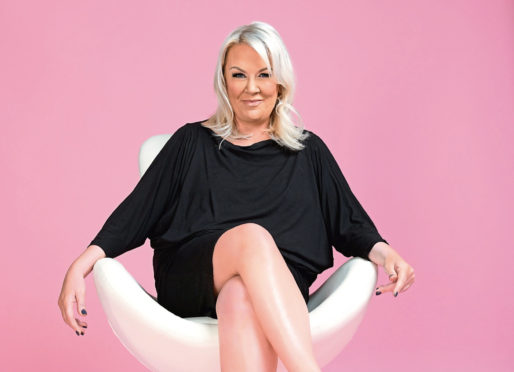
With hair salons closed during lockdown, many of us will be starting to spot those pesky roots peeking through. The answer for many will be a DIY colour at home to tide us over until hairdressers reopens.
Leading colourist and founder of The Hair Boss, Lisa Shepherd, gives her top tips on how to dye without disaster.
Be realistic
“The most important thing is to be realistic about colour,” says Lisa. “Don’t try and go from blonde to brown, or brown to blonde – that is a job for the professionals. However, keeping colour close to your own to disguise grey or enhancing what you have is absolutely fine.”
The trickiest part of home dying, is working out which is the best dye for you.
“Many people don’t know the difference between permanent and semi-permanent,” Lisa says.
“The most important difference is that semi-permanent colour does not cover grey. So, if you want grey coverage then you are most definitely a permanent colour client. Semi-permanent colours are noncommittal, so they can wash back out or some last longer and wear out.”
Colour by numbers
And then comes the minefield of shades!
“Most people aren’t sure of the letter and numbers on ‘at home’ colourant boxes and get it so wrong. To keep it simple, they go from base 1 being black to 10 being the lightest blonde,” Lisa explains.
“It’s usually around base 4-8, the browns and blondes, where people go wrong.
“For example, they know they have mousy hair, so often they choose a 5 or 7-8, but in fact mousy would usually be a 6 which would come under dark blonde.
“We then have tweaks to those colours by adding backing tones – known to us as primary and secondary tones, to make the colour warm or cool, but that’s when it can get complicated.
“Hairdressers are trained to create combos of colour to suit which is when ‘at home’ colour can become tricky.”
Test and ace
Once you have chosen your DIY dye, it’s time to apply.
“Firstly you must always do a skin test. This is an absolute must,” Lisa says.
“Tie your hair back in a loose ponytail, parted down the middle, as this will help you control where you put the colour. Start on your worst grey bits which are usually on the top or round your hairline, and leave the colour on a little longer than the rest of the hair, to ensure it takes well.”
Lisa’s tricks include using a tint brush and wearing gloves so you can smudge the colour in with your fingertips. And try a gloss to maintain the colour and give you a salon shine.

Enjoy the convenience of having The Sunday Post delivered as a digital ePaper straight to your smartphone, tablet or computer.
Subscribe for only £5.49 a month and enjoy all the benefits of the printed paper as a digital replica.
Subscribe